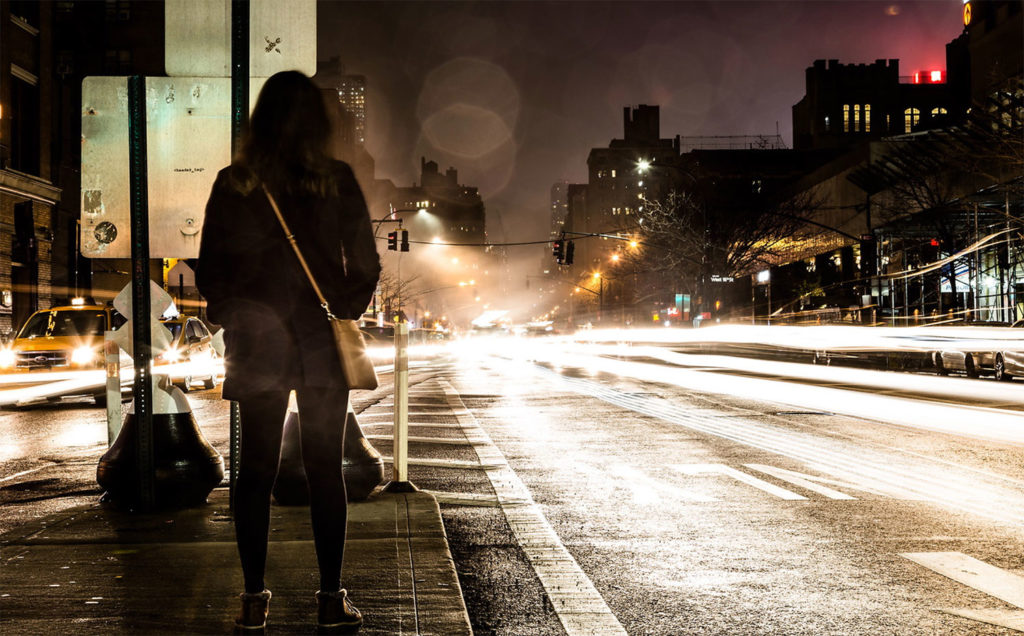It was a brief moment of normalcy in the chaos of homelessness—play time with her daughter at a New Orleans community park. A charming man approached her and complimented her daughter. After some small talk, the man turned to her and asked how much she would charge him to buy her toddler.
Human trafficking is a $150 billion industry. Labor and sex trafficking rings enslave 40 million people every year, and some of them are in your community.
Thankfully, this toddler is not one of them. The young mom and her daughter were residents of New Orleans’ Baptist Friendship house—a Send Relief ministry center and safe house for women and children—mainly those escaping trafficking, without homes or on the run from their abusers.
Executive Director Kay Bennett initially set out to focus on ministry to those who were homeless but, as she soon found out, serving the homeless is directly related to human trafficking. You don’t have to be a career missionary like Kay, though, to make a difference. Here are three ways to get started.
1. Get Educated: Attend the FREE Human Trafficking Webinar
“Anyone can educate themselves, attend webinars and read up on the issue,” says Kay. “Once you know what’s happening, you can’t help but at least pray for these survivors. Human trafficking is real, and it is happening all around you. If you know what to look for and how to help, you can make a difference in a person’s life. Even if it’s only one person, it matters to that one. We can be the change and educate others. You can prevent this from happening to someone.”
Kay was recently called to pick up a young woman who was found unconscious in a shopping cart with no memory of her abduction. Unfortunately, Bennett shared that this is a common occurrence.
But getting educated isn’t just to help others—it’s important for your own family, too. Many people believe that trafficking starts with being followed in a store or stalked outside your home but Kay says traffickers are actually reaching into your home through social media. Multiplayer online gaming, chat rooms and private social accounts are often the main methods traffickers use to lure younger victims. One of Bennett’s program participants was chatting with a fellow gamer online who then started a relationship with her. After sending her a bus ticket in the mail and asking to be her boyfriend upon arrival, the predator then kept her drugged or unconscious for the duration of her abuse until she managed to escape.
“It’s not just who we think of as stereotypically ‘vulnerable’ people—it extends across all socioeconomic levels, genders and races,” says Kay. “Boys and men are also trafficked, though mostly through labor trafficking. It’s not just people in poverty—it’s anyone a predator can lure. But we must educate ourselves about what the signs are: if we pretend it’s not happening, we give ourselves a pass not to do anything about it.”
2. Start a Backpack Ministry
After their stay at the Baptist Friendship House, survivors are given a bus ticket if they want to return to their home state and are also provided with the funds and guidance necessary to obtain new ID documents, as those are frequently destroyed upon their capture. Bennett also often provides a Send Relief backpack.
“Send Relief’s backpack ministry is really useful in getting our girls home,” she says. “The socks, clothing and hygiene items come in handy on the bus but also in cases when law enforcement is required to extract them. The women are often left in cold waiting rooms for hours, so the blankets and backpacks build trust and let them know that we care about the little things even before knowing their stories. Send Relief backpacks are a great help and keeping those in your church can be crucial in emergencies.”
One of the ladies Bennett recently helped rescue was found at a hotel after an emergency hotline call. The young woman was disabled and unable to get away on her own, but Bennett was present at her rescue and gave her a Send Relief backpack. Upon opening it, she said, “I’ve got a Bible now and a ticket to a new life, so I know I’ll be okay.”
Your church can help combat human trafficking by starting a backpack ministry, educating friends and family about the signs of trafficking and and finding specific needs in your own community.
3. Find Specific Needs in Your Own Community
There are many creative ways to get involved in your own community says Kay, suggesting,
“Adopt a mile of an interstate to drive and pray over regularly—many of our supporters have reported potential trafficking situations through these drives. Start a shelter support program through your youth group or a trucker stop ministry. Hold church services at hotel or motel lobbies where trafficking often occurs. Donate to safe homes so they can provide transportation money to survivors wanting to go home. And finally, pray. Prayer is always the greatest need. Pray for safety as we pick survivors up and for the survivors to trust us enough to share their stories. Continue to do life with hurting people and walk alongside them. We can’t just put Band-Aids on people’s problems, we have to walk them out of their troubles—they’re not projects, they’re people.”
Register to attend the FREE January 21 Human Trafficking webinar.
Published December 15, 2020
